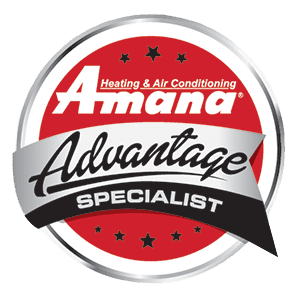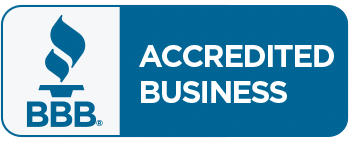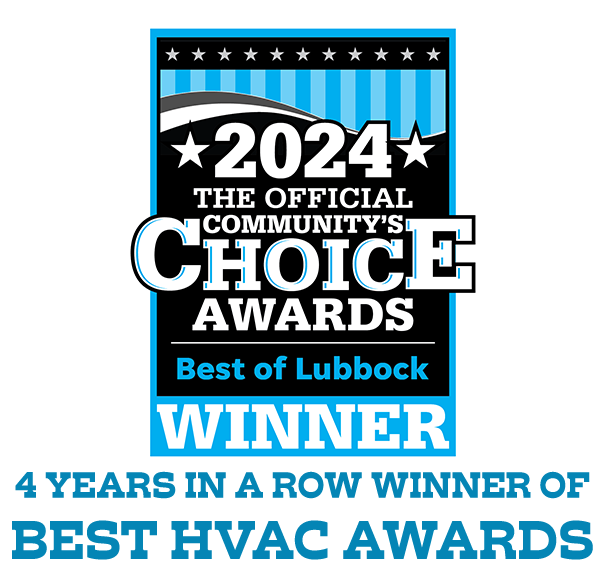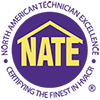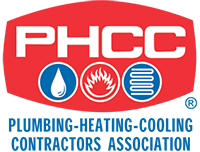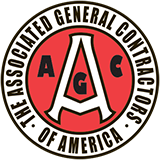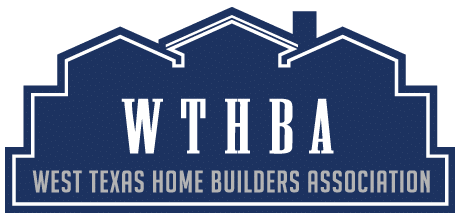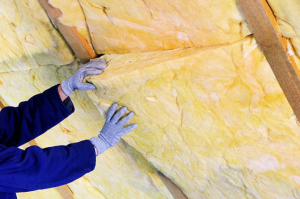 Attic insulation resists the transfer of heat between the living quarters of your home and the attic overhead. Because it naturally transfers from a warmer to a cooler zone, heat is always moving the wrong direction for optimum household comfort and efficiency. During winter heat energy in warm rooms rises and passes into the attic through the ceiling by conduction or radiation, or through direct air leaks. The result: Your furnace runs longer to make up for lost warmth, and heating costs climb. In summer, an overheated attic continuously radiates heat into rooms below, making the A/C run extended “On” cycles and increasing cooling bills.
Attic insulation resists the transfer of heat between the living quarters of your home and the attic overhead. Because it naturally transfers from a warmer to a cooler zone, heat is always moving the wrong direction for optimum household comfort and efficiency. During winter heat energy in warm rooms rises and passes into the attic through the ceiling by conduction or radiation, or through direct air leaks. The result: Your furnace runs longer to make up for lost warmth, and heating costs climb. In summer, an overheated attic continuously radiates heat into rooms below, making the A/C run extended “On” cycles and increasing cooling bills.
Benefits of Attic Insulation
If your home was built before 1980, it may well be under-insulated by today’s efficiency standards. Bringing attic insulation levels up to 21st century standards of efficiency can result in major savings in the form of lower utility costs. Figures show that upgrading to current U.S. Department Of Energy recommendations will reduce heating and cooling costs from 20 percent to 50 percent, particularly if installation is preceded by sealing air leaks.
Other benefits include extended service life of air conditioners and furnaces. Because the home’s cooling and heating load is reduced by proper attic insulation, HVAC equipment runs fewer hours to maintain comfortable temperatures, incurring less wear and tear. Reduced fuel consumption also means a smaller carbon footprint and less contribution to greenhouse gases.
Choice of Insulation
How well insulation resists heat is represented by its base R-value per inch. The total recommended R-value is usually expressed as the base R-value multiplied times its installed depth in inches. Residential attic insulation is dominated by two materials: fiberglass batts and cellulose.
Fiberglass batts are blankets of pink wooly fiberglass material, commonly stacked in rolls at home centers. They come pre-cut to fit neatly in the standard 14.5-inch space between the joists in the floor of the attic. In attics with adequate access, fiberglass batts are generally the recommended DIY insulation upgrade. The base R-value of standard fiberglass batts is 3.2. In our West Texas climate, the Department of Energy recommends attic insulation levels from R30 to R60, an installed depth of 10 to 18 inches.
Cellulose is a loose-fill product composed of ground-up paper and cloth treated for fire-resistance. Cellulose must be blown into attic spaces under air pressure through large hoses. However, its loose-fill composition provides excellent coverage as it can be blown into every small nook and cranny. With a base R-value of 3.8, DOE recommendations for cellulose insulation in this climate zone are 8 inches to 16 inches.
Creating an Air Barrier
Even if you ultimately opt to have a professional install the insulation, you can expedite the process by sealing air leaks yourself beforehand. Use caulking to close any cracks in the joints between ceiling and wall that may exchange air with the attic. Also seal any gaps around pipes where they enter the attic from living spaces, as well as ventilation ducts. Make sure that recessed ceiling lights are the newer variety rated “IC” (insulated ceiling) and can be safely covered with attic insulation. Caulk around the edges of the light fixture. Also check the weatherstripping around the attic access hatch or pull-down stairs.
Installing Fiberglass Insulation
Wear protective goggles, gloves and a dust mask. Use a utility knife to cut batts to the proper length. If the attic is uninsulated, fluff each batt and then press it gently between the joists. In an uninsulated attic, the paper vapor barrier on the insulation should face down toward the floor.
If there’s existing insulation between the joists, your upgrade insulation should be the unfaced type with no paper vapor barrier. Roll the fiberglass batts out perpendicular to the existing joists atop existing insulation. Work inward from the outer perimeter toward the attic door. Make sure you don’t obstruct soffit vents with insulation—vent extenders can be added to maintain proper ventilation.
DIY or Hire a Pro?
While it offers superior coverage and R-value, cellulose insulation probably isn’t an appropriate do-it-yourself project. Because it must be blown in with air pressure using a specialized hopper and hoses, this is usually a job for a professional contractor. Other red flags that require professional expertise include a cramped attic with difficult access, existing water damage from leaky roof and/or evidence of mold, spot ventilation fans below venting into the attic, and insufficient attic ventilation openings.
For more information on improving attic insulation in your South Plains area home, please contact us at Bruce Thornton A/C.

